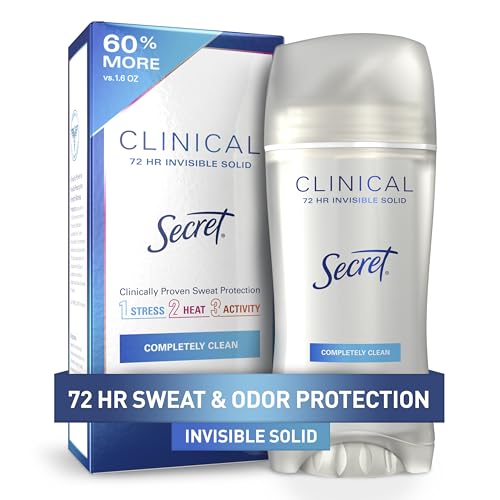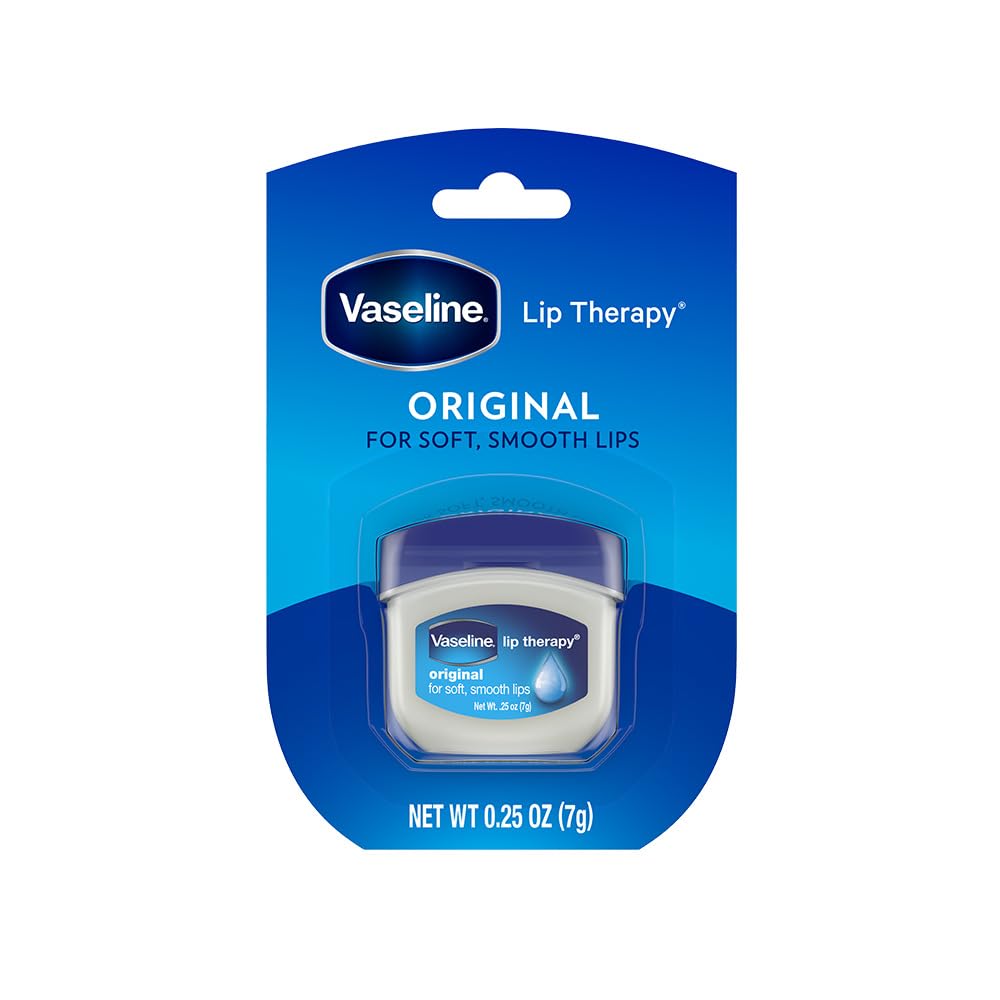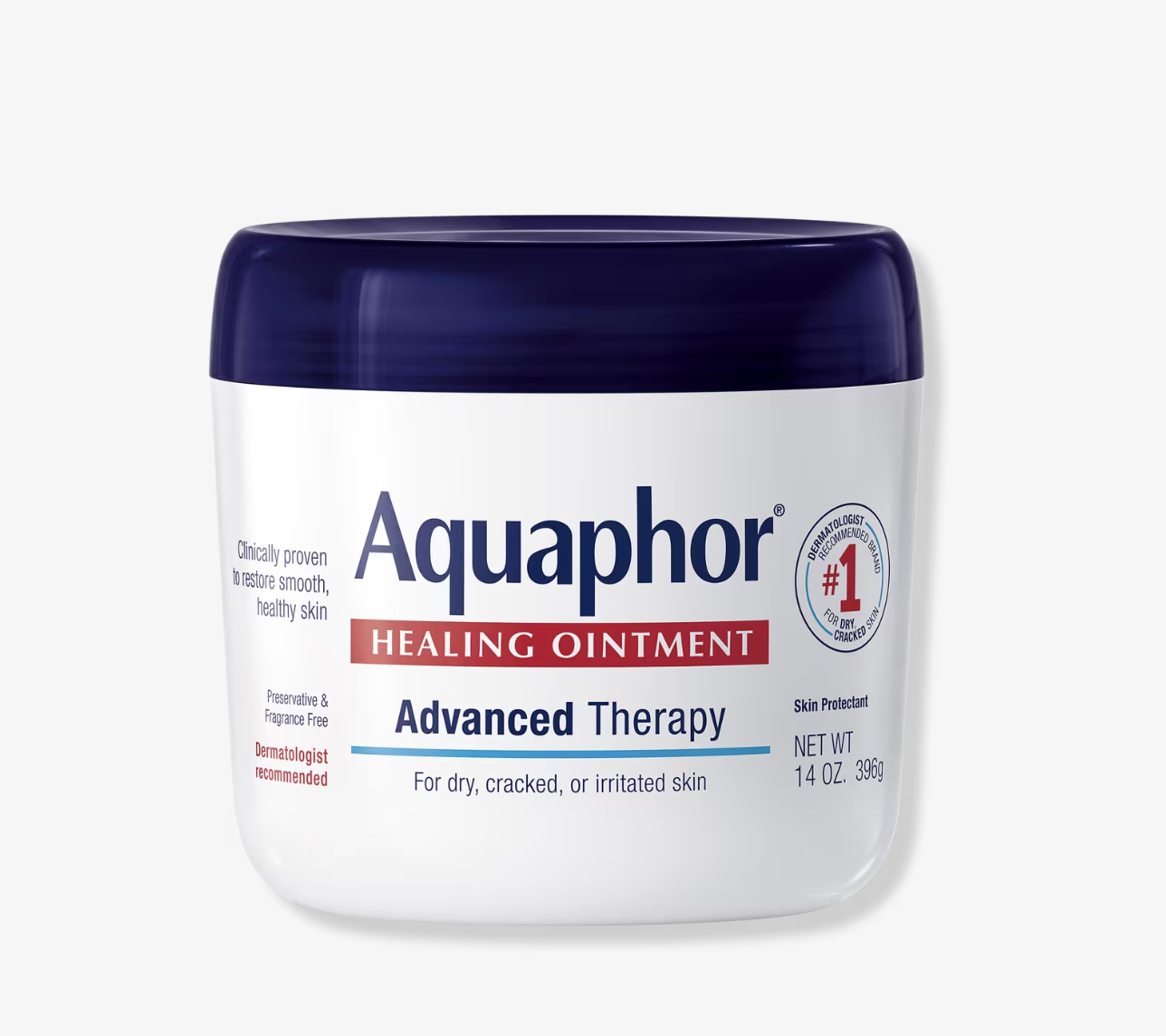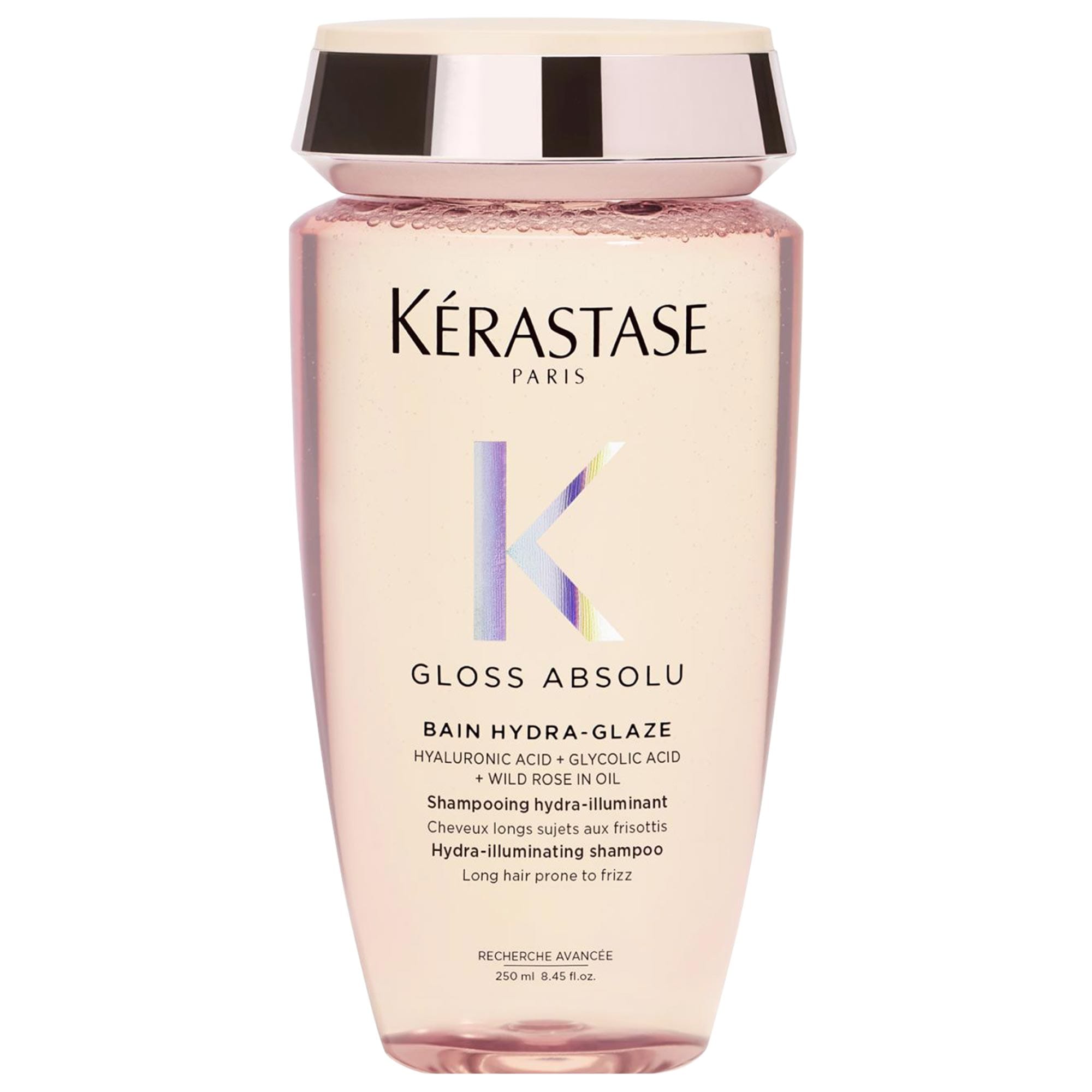Can We Stop Hating on Chemicals In Skincare, Please and Thanks?
Fear-mongering marketing has given harmless ingredients a bad rap. Here's the truth.

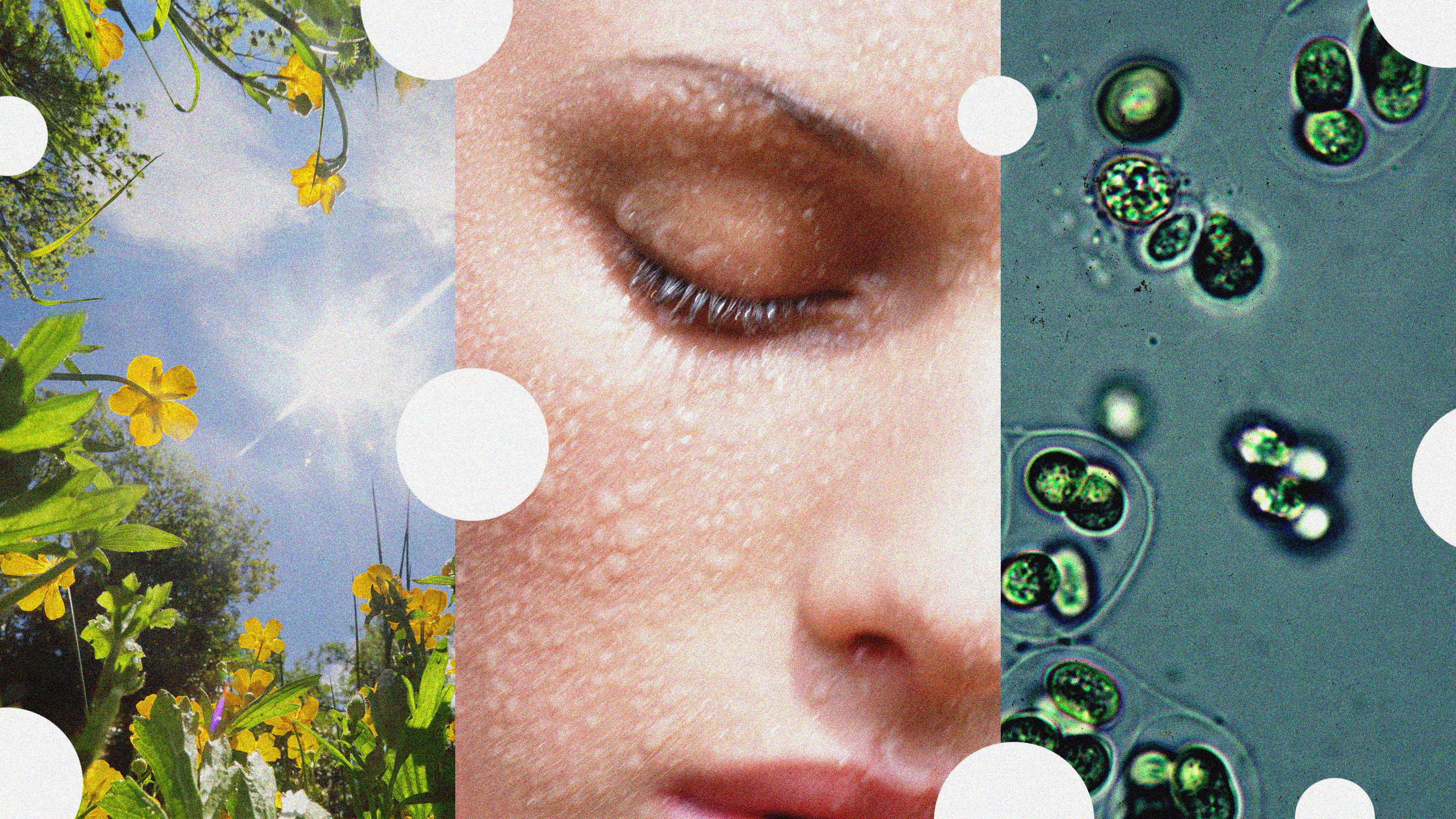
I love a deep spray tan, I love aluminum-based deodorant, and I love a crisp Diet Coke—even if the latter's arguably not doing me any favors. Over the last decade, the beauty world has hammered that I should be scared of anything synthetic. The messaging: aluminum clogs sweat glands and causes cancer; parabens are hormone disruptors; DHA—the active ingredient in fake tanner—may age skin rapidly. Scroll long enough on TikTok or read one too many “free from” claims, and you begin to wonder if every product you’ve ever used is secretly poisoning you.
But contrary to what every non-toxic label might suggest, “cleaner” isn't always synonymous with better. Somewhere along the way, "natural" was equated with safe, and "chemical" became a dirty word. But the truth is that the idea has zero basis in chemistry. Yes, some chemical or synthetic ingredients can be harmful in high doses (you wouldn’t want to use an intense concentration of fragrance or alcohol on your face) but cosmetics go through rigorous testing and safety protocols to ensure that they aren’t dangerous for humans.
Trusting science is and will always be the gold standard. “The ingredients are safety tested, and they are among the safest consumer products people can buy,” says cosmetic chemist Perry Romanowski. This fear-based narrative is not grounded in science. We bought into greenwashing, and clever marketing has outpaced education. "Clean” became a hollow buzzword, and the research behind the safety of synthetic ingredients took a backseat.
As a beauty editor (and self-proclaimed chemical girlie), that logic doesn’t track for me. Natural ingredients can be great, but they’re not inherently better or safer. Case in point: poison ivy is natural, but you wouldn’t put it anywhere near your face. "Nature is a pretty brilliant chemist," says cosmetic chemist Kelly Dobos. "But not always a gentle one." It's a myth that won't die: that a natural label means a safer product. But in reality? "The safest, most effective ingredient is the one that’s been rigorously tested, regardless of whether it came from a plant or a lab," says Dobos.
Now, with the help of chemists and medical experts, let's break down the most misunderstood ingredients, and how the beauty industry coined "chemical" as a catch-all for "bad," and why that's not only misleading but oftentimes inherently wrong.
There’s No Such Thing as Chemical-Free
In scientific terms, a chemical is any substance made up of matter with a defined molecular composition, "whether that's an element like oxygen, a compound like caffeine, or a mixture like an essential oil," says Dobos. In short, the word "chemical" doesn't imply anything about a product's safety or origin; it simply refers to what it is on a molecular level.
Still, the beauty world has long misused "chemical" to mean something dangerous, explains board-certified plastic surgeon Joshua Korman, MD. But the reality is, everything you touch, eat, or apply is made of chemicals: this includes the salt in your food, the retinol in your serum, and even the air that you breathe. "Chemical-free" doesn't exist, because chemicals are the building blocks of all physical substances.
Get exclusive access to fashion and beauty trends, hot-off-the-press celebrity news, and more.
In large part, this fear stems from a misunderstanding of hazard versus risk, which is a key distinction in toxicology and product safety. As Dobos explains, a hazard just means something that could cause harm. But risk is about the actual chance that it will cause harm based on how much you’re exposed to and how you’re using it. In short, something can technically be hazardous, but still be safe if it’s found in regulated, trace amounts.
Ingredient dosage, delivery, and context matter.
Siena Gagliano
Romanowski points to retinol: It’s skincare’s gold standard ingredient for everything from acne care to minimizing signs of premature aging, and is safe at low levels. However, “high concentrations can lead to skin irritation, peeling, and increased photosensitivity,” he says, adding that systemic absorption can also cause birth defects during pregnancy. That doesn’t make it unsafe—it remains one of the most effective skincare ingredients on the market—it just means dosage, delivery, and context matter.
Even water can be dangerous if consumed in excess. And on the other end of the spectrum, an ingredient with a long, hard-to-pronounce name may be completely safe at the correct dose. Dobos explains that the safety assessments of a cosmetic are not one-size-fits-all. Rather, it comes down to the formula's intended use, the concentration of each ingredient, and the way the product is applied, not whether it's labeled "natural" or "chemical."
Debunking Ingredient Myths
Today, much of the ingredient alarm begins with fear-mongering claims that are amplified by social media. Like a game of telephone you played as a child, misinformation spreads quickly and distorts the truth.
So let’s break down some of the most notorious ingredients. While this is a good start, many other ingredients also get unfairly demonized. If you are concerned about others, Romanowski recommends checking the Cosmetic Ingredient Review database for reliable supporting data. And keep in mind: “We know that an ingredient can technically be hazardous in large doses but still be safe in trace, regulated amounts,” Romanowski says.
The Truth About Aluminum
The global organic and aluminum-free deodorant market is projected to reach a value of $316 million by 2030, a not surprising development given how aluminum has become the default villain. Despite the widespread belief that aluminum antiperspirant can be carcinogenic, research hasn't found a conclusive link between aluminum and diseases like breast cancer or Alzheimer's. “Aluminum compounds are generally safe for cosmetic use because systemic absorption through intact skin is minimal,” says Romanowski. He adds that there have been no “extensive toxicological reviews” that have established a causal link at approved levels. Even the National Cancer Institute has addressed the rumor head-on to keep people informed and debunk fear.
The thing is, natural deodorants can mask odor, but they can’t stop sweat. Only an antiperspirant can do this, a product category that primarily features aluminum as the active ingredient to temporarily block sweat glands. And while I love some of the aluminum-free deodorants for a lazy day around my apartment, you best believe on a humid NYC day, or heated yoga class, I’m reaching for the stuff that can actually minimize sweat.
My Favorite Antiperspirants
The Deal With Parabens
Parabens have also gotten a bad rap in the beauty space. Put simply, they’re preservatives that are used to prevent bacteria and mold in all of your favorite face creams, serums, shampoos, and most of the cosmetics in your daily routine. The catch: they've been accused of causing everything from hormone disruption to cancer. Who wants to slather a moisturizer on their face when that narrative is out there?
Despite the rumor mill, studies have shown that while preservatives can have a mild effect on estrogen in very high doses, the ones most commonly used in cosmetics are not strong enough to affect hormones. And to further solidify these findings, agencies around the world—including the FDA, the European Commission, and Health Canada—have all deemed them safe at low and highly regulated levels.
We know that an ingredient can technically be hazardous in large doses but still be safe in trace, regulated amounts.
Perry Romanowski
Even though they’re approved for use and have been studied significantly, many brands have pulled them from formulas anyway, not because of science, but from consumer pressure. “Paraben-free” labels and “safer” preservative alternative headlines may sell more products, but the shift has consequences.
“As the use of safe and effective preservatives has become limited, we’re seeing more recalls and microbial failures in the market,” says Dobos. And she emphasizes that this is only the stuff that actually reaches stores; many products don't even pass factory-level safety checks. Case in point: the 2020 recall of a concealer from the now-discontinued Becca Cosmetics, following reports of mold on its applicator. Or the recall of a Suntegrity tinted sunscreen for “higher than acceptable levels” of mold, per the brand’s announcement.
And look at the viral beef tallow products that blew up all over social media: they’re unregulated and totally natural, which means they’re preservative-free. With that comes an added risk of contaminants that can cause infection, board-certified dermatologist Robert Finney told Marie Claire. “Even if it’s pure, it can spoil easily and cause an infection later.” Dobos explains that synthetic ingredients are often "more stable, pure, and consistent" than natural ones, which can vary from batch to batch.
The Case for Petroleum Derivatives
Petrolatum, most commonly known as petroleum jelly, is one of the most effective moisturizers in skincare, as it forms a barrier on the skin to prevent water loss. (Shout out Vaseline and Aquaphor.) But because it’s derived from petroleum—the same chemical used to produce gasoline—it’s become a target in beauty marketing.
“This is a perfectly safe ingredient, which is great for skin moisturization,” says Romanowski. But the fact that it is derived from petroleum, he says, and happens to sound very much like it, adds more fuel to the fire (no pun intended). A common myth is that petrolatum contains cancer-causing chemicals like PAHs, but that only applies to unrefined, industrial-grade versions. The white petrolatum used in skincare is highly purified and strictly regulated.
Mineral oil, another petroleum-derived ingredient, has been safely used in skincare since your grandmother’s childhood to soften skin and prevent moisture loss. Myths linger that it clogs pores, suffocates skin, or creates a dependency where your skin no longer “moisturizes itself”. Yet, these claims aren’t backed by science. While regulations weren’t as strict 50 years ago, today, the FDA, EU, and other regulators confirm that it poses none of these supposed health risks.
My Favorite Petroleum Moisturizers
The Story on Sulfates
Sulfates are some of the most commonly used ingredients in the cosmetic space, particularly in body wash and shampoo, because they’re extremely good at what they do: cleanse. There are over 60 approved sulfates used in cosmetics, with sodium lauryl sulfate (SLS) and sodium laureth sulfate (SLES) being the most common. They’re “excellent detergents, create bubbles that are highly effective at cleaning, and have been the basis for most shampoos,” says Romanowski. I love a good foam (my hair doesn't feel clean without it), so I've always opted for shampoos that include sulfates.
The one downside? They can be too cleansing, especially on curly, color-treated, or dry hair types. They often get blamed for damage or irritation, but sulfate-free doesn’t automatically mean better. Despite beauty’s constant advertisement and push for sulfate-free formulations, there is zero solid research proving sulfates are harmful. Whether or not a sulfate formulation makes a good addition to your hair care routine ultimately depends on your hair, skin, and the entire formulation.
Any narratives supporting the idea that sulfates are dangerous to your health are “unfounded,” says Romanowski. The fear stems from confusion around 1,4-Dioxane, an unintended byproduct that may form during the manufacturing process. While this ingredient is linked to cancer in animals at high doses, it is tightly monitored and regulated by the FDA. Plus, manufacturers even go through extra steps to reduce the levels.
Not to mention, the products that include sulfates aren’t meant to sit on the skin for an extended period—they’re rinsed away. This means the potential for absorption, and therefore any associated suspected risk, is extremely low. In short, your shampoo isn’t trying to harm you; it’s just cleaning your hair.
The Takeaway
Don't get me wrong, the clean beauty movement was a vital step toward ingredient transparency, product safety, and even made sustainability an essential part of the beauty conversation. But despite its benefits, it also came with a few side effects. Misinformation spread like wildfire, and the science behind it all was overlooked.
Now, we're in the midst of a shift. Gen Z and Millennials aren't just looking for a clean label anymore. Instead, they're becoming more informed: they're questioning the formulation, scrutinizing marketing claims, and seeking validation from real experts to separate myth from truth. Brands and formulators have begun to notice. They've responded by dropping alarmist messaging and leaning on experts like chemists and dermatologists for branding and education.
The new era of beauty isn't about fear-mongering, rejecting chemicals, or even looking down upon clean ingredients, either. It's about cutting through the noise, becoming educated, and assessing what works, based on research and real-life results. At the end of the day, consumers should no longer be deterred by ingredients that could genuinely improve their skin due to a misguided fear.
For me, as someone who’s seen both sides of the beauty conversation, it’s refreshing to watch this change in real time. More informed conversations—where education and expertise matter, and buzzwords aren’t taken at face value—help people to stop avoiding ingredients and start understanding them. When we move past fear and focus on facts, it becomes clear that knowledge beats hype every single time. And trust me, our skin feels and shows the difference, too.
Why Trust Marie Claire
For more than 30 years, Marie Claire has been an internationally recognized destination for news, fashion, and beauty trends, investigative packages, and more. When it comes to the products Marie Claire recommends, we take your faith in us seriously. Every product that we feature comes personally recommended by a Marie Claire writer or editor, or by an expert we’ve spoken to firsthand.
Meet the Experts
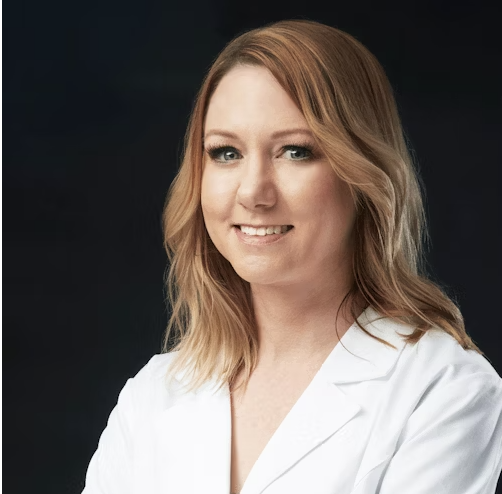
Kelly A. Dobos is a cosmetic chemist with 20 years of expertise in skincare and color cosmetics, having worked for brands such as Bonne Bell, Purell, and Jergens. She graduated from Oberlin College with a bachelor's in chemistry and obtained a master's in pharmaceutical sciences with an emphasis in cosmetic science from the University of Cincinnati, from which she received the GOLD (Graduate of the Last Decade) Distinguished Alumni Award.
Dobos also holds an MBA from Cleveland State University and has been a member of the SCC for 18 years, serving at local and national levels, including as president in 2019. Kelly is an inventor on four patents and has written numerous articles for cosmetic science publications, including Cosmetics &Toiletries. She is part of the American Chemical Society’s expert panel and serves as a subject matter expert for consumer magazines like Allure and New Beauty, in addition to news organizations such as NPR and the Washington Post. She served at a judge for the 2022 C&T Alle Awards and is currently teaching courses on color cosmetics for the University of Cincinnati.

Perry Romanowski has been formulating the smartest cosmetic products and creating solutions to solve consumer problems since the early 1990s. He most recently worked in the hair care innovation group at the famous Alberto Culver company. Unilever has since bought them, but the brands he worked on, VO5, Tresemme, St. Ives, and Nexxus are still on the market.
Additionally, he has written and edited numerous articles and books, taught continuing education classes for cosmetic industry scientists, and developed successful websites.
He is currently Vice President at Element 44 Inc., where he is responsible for producing Chemists Corner and other science educational websites & products. His latest book is Beginning Cosmetic Chemistry 3rd Edition published by Allured.
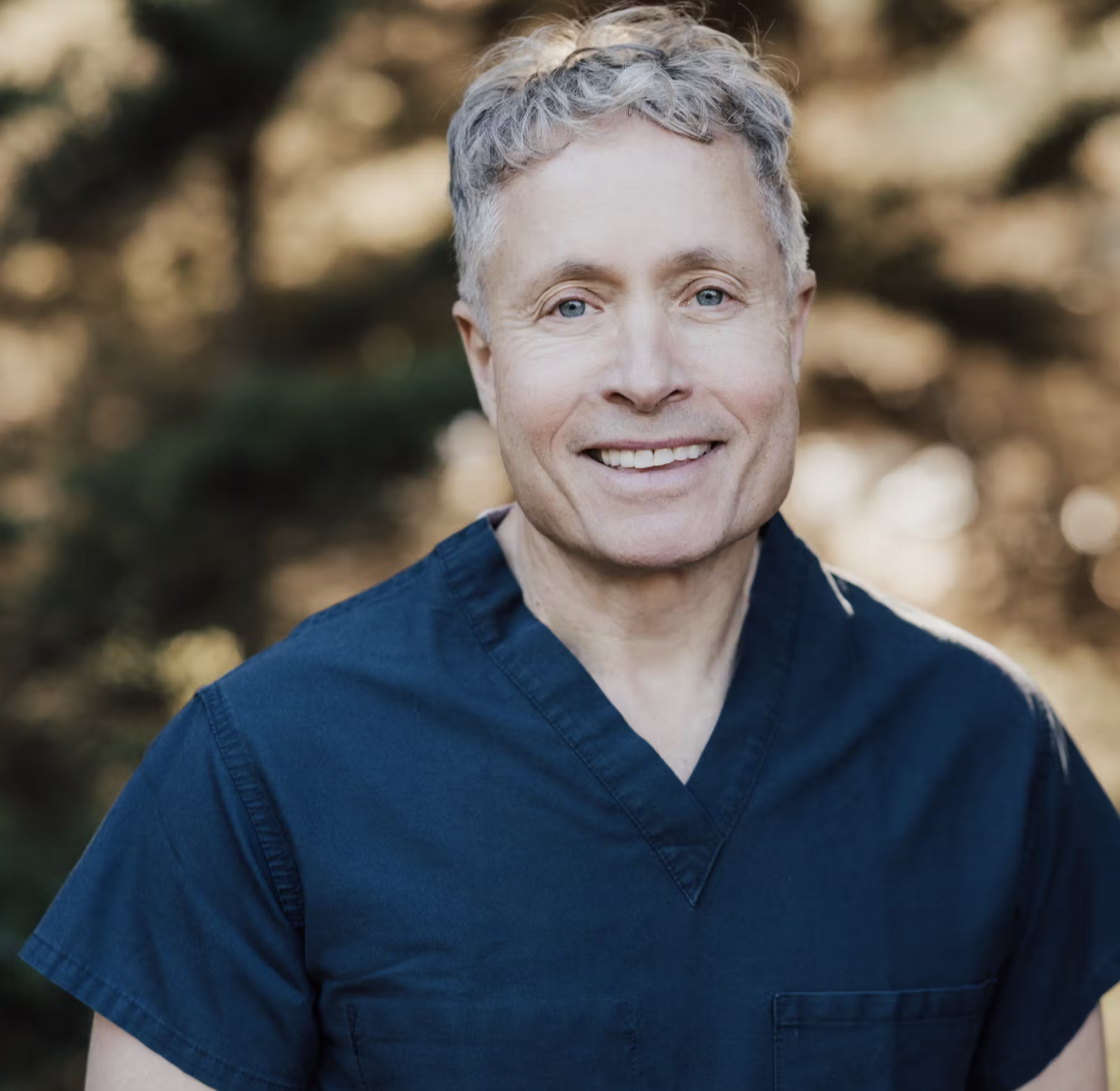
Dr. Joshua Korman is a board-certified plastic surgeon based in Northern California and the founder of Korman Plastic Surgery. With a long-standing national reputation and board certification for over 20 years, Dr. Korman is a consistently top-ranked and highly regarded plastic surgeon. He currently serves as an Adjunct Clinical Professor of Surgery at Stanford University’s School of Medicine.

Siena Gagliano is the Beauty Editor at Marie Claire, where she writes and edits reported features, trend stories, and expert-backed shopping roundups. Before joining the team full-time, she was an editor at Cosmopolitan, where she specialized in SEO-first beauty content and commerce strategy. Her bylines have also appeared in Allure, ELLE, Bustle, Well+Good, Popsugar, and Women's Health, covering everything from the best products for brighter, glowier skin to the science behind face mapping. Curious about the behind-the-scenes magazine life and her go-to beauty picks? Follow her on Instagram at @sienagagliano.
